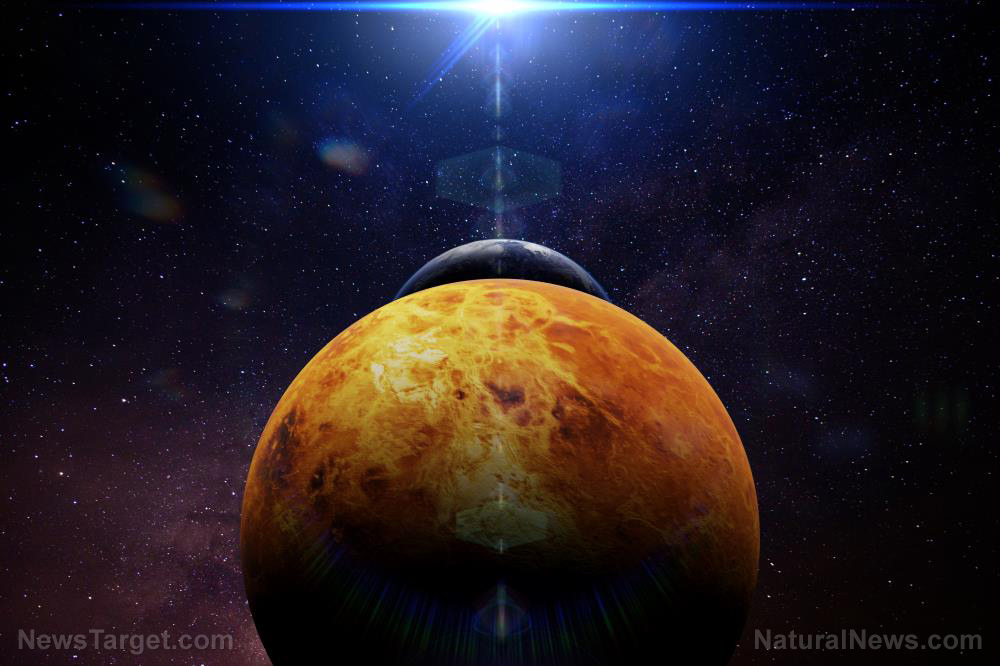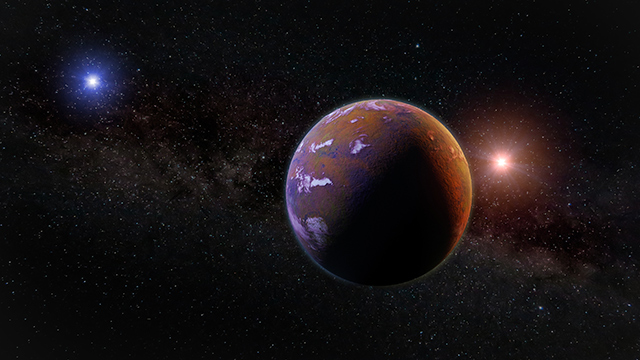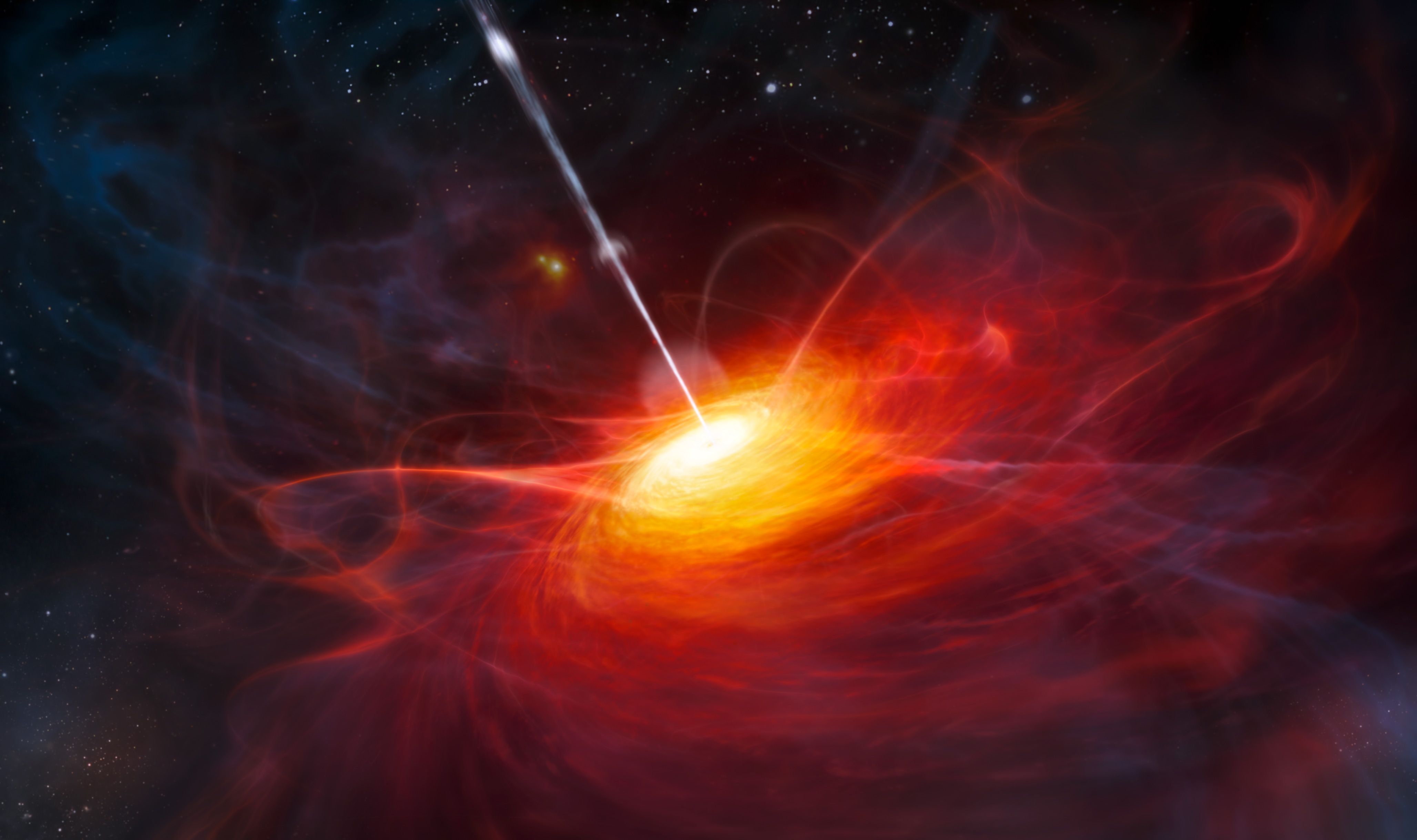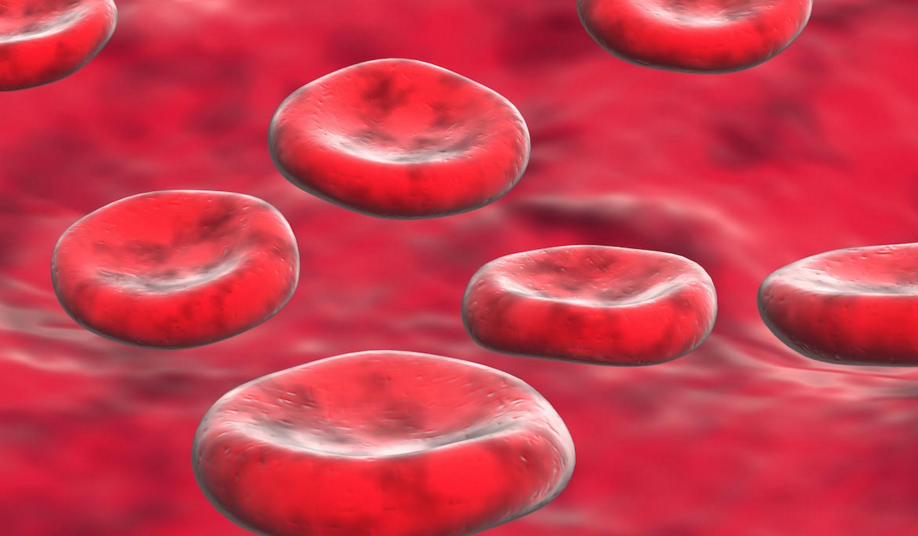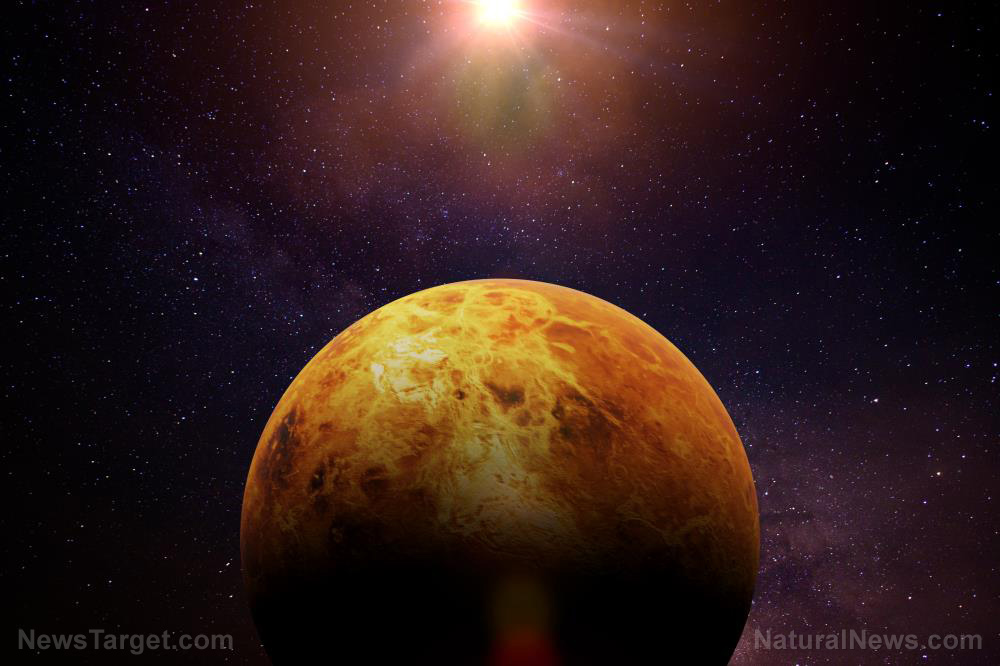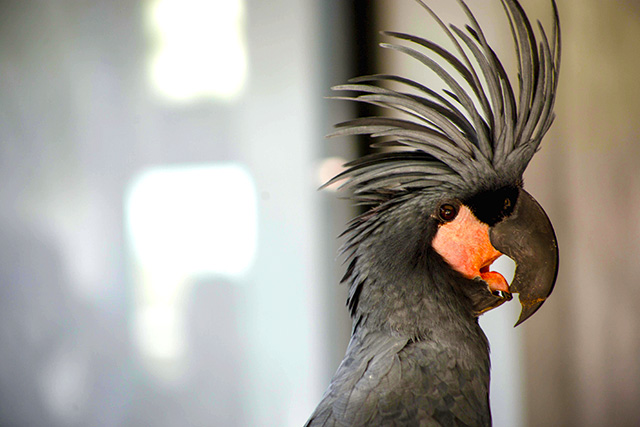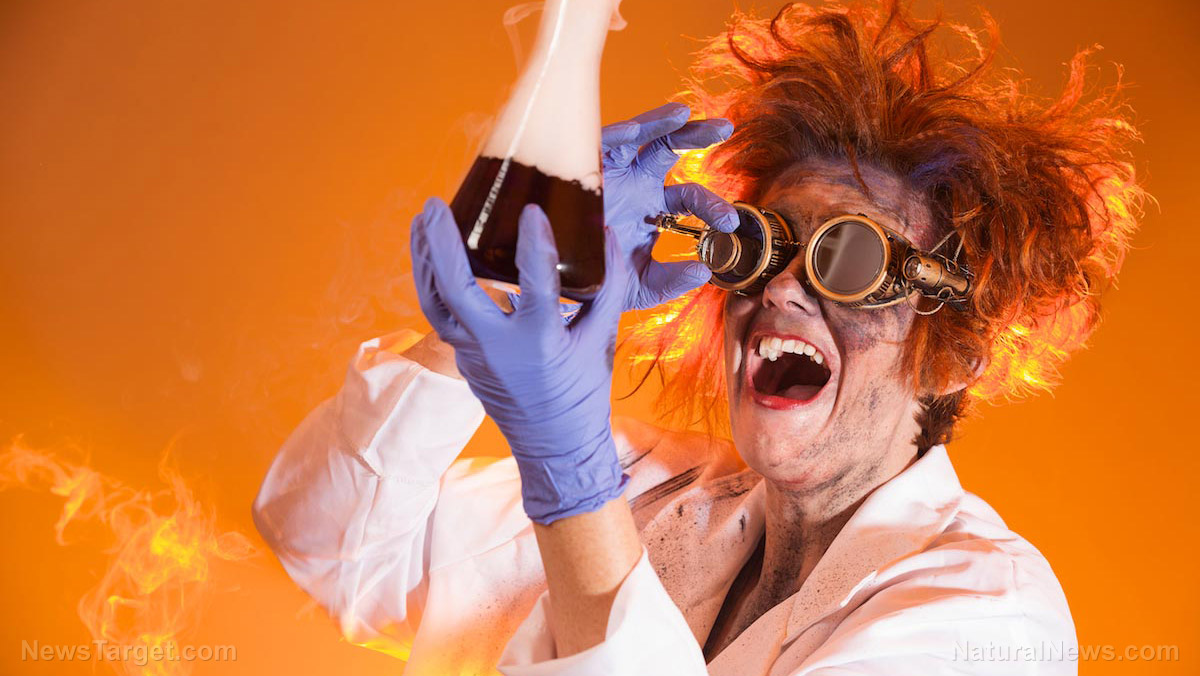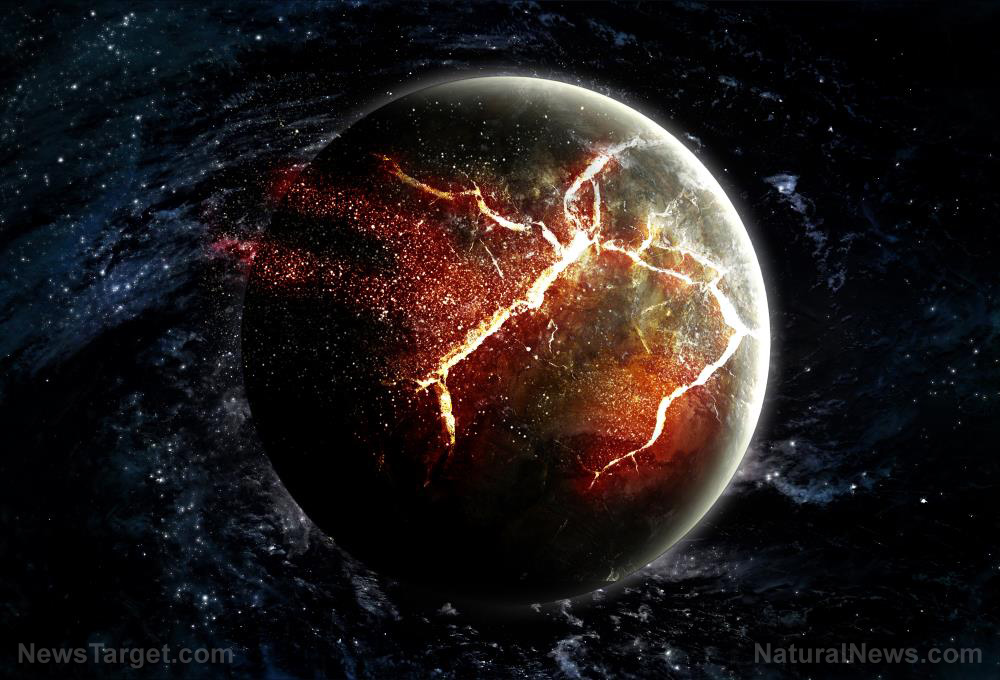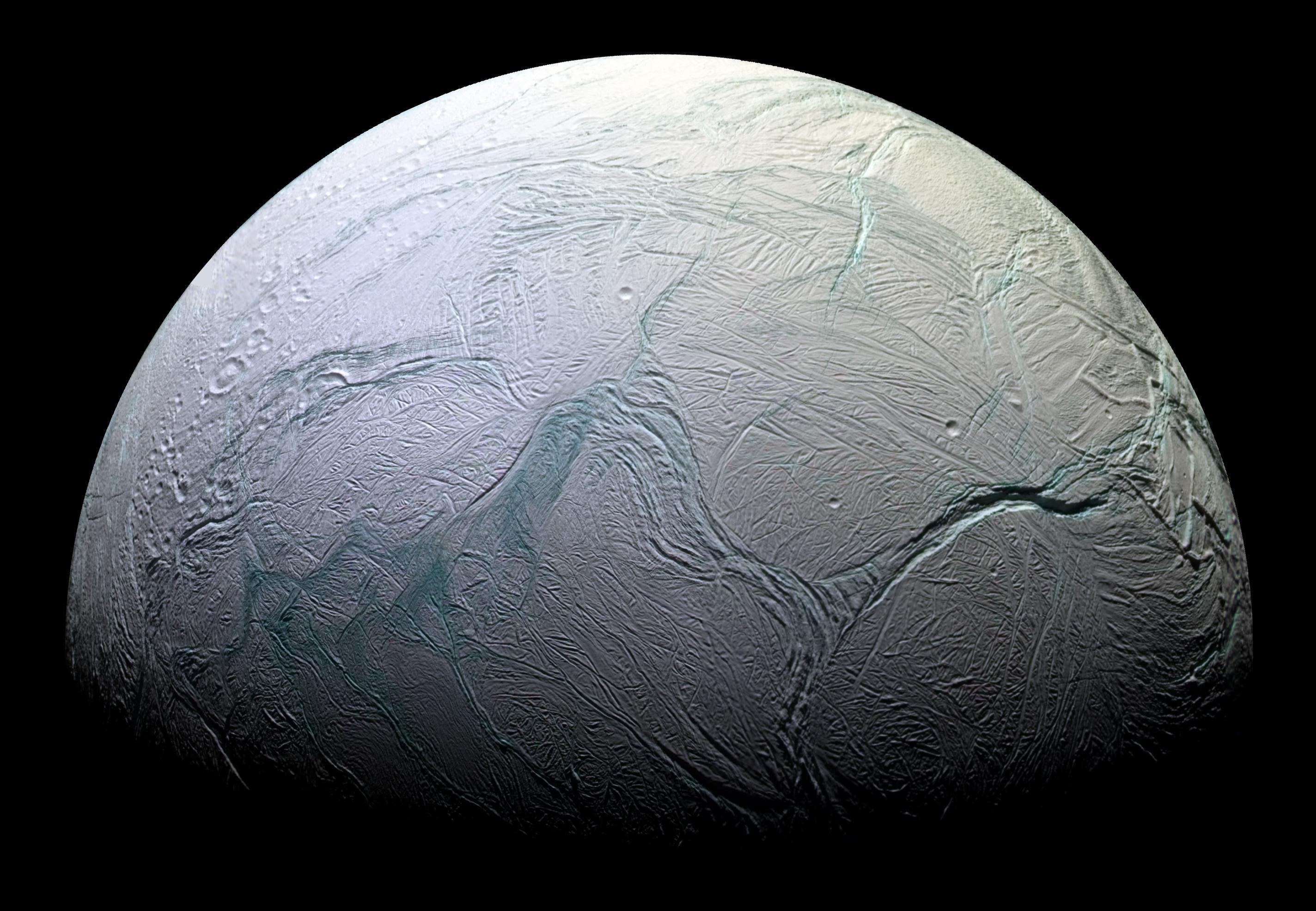NASA spacecraft finds a ‘snowman’ in outer space
03/16/2019 / By Edsel Cook
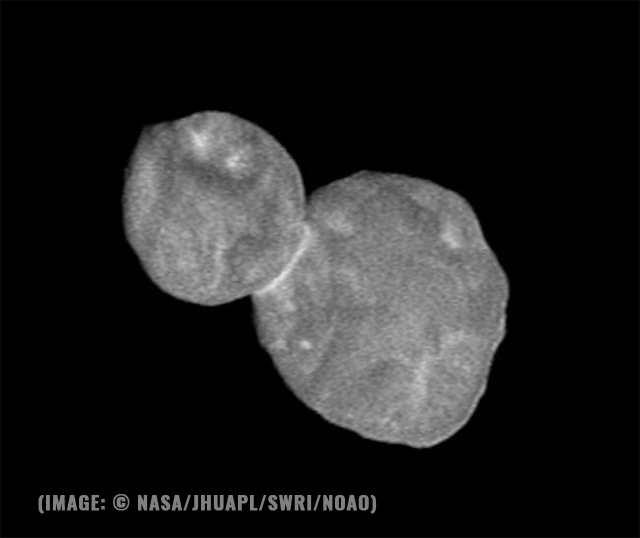
Until recently, researchers described the distant asteroid called Ultima Thule to be a bowling pin in space. But new images taken by a NASA deep space probe revealed that the space rock in question looked more like Frosty the Snowman.
The New Horizons spacecraft passed within thousands of miles of its target on New Year’s Day 2019. The snapshots it took at close range showed that the asteroid is dark red in color.
“Meet Ultima Thule,” announced NASA researcher Alan Stern as he unveiled the latest photos of the asteroid. “That bowling pin is gone. It’s a snowman if anything at all.”
New Horizon was originally tasked with photographing Pluto. It accomplished that mission in 2015, sending back astonishing images of mountains made of nitrogen and volcanoes that blasted ice instead of magma, before heading for its new target.
The probe started taking snapshots of Ultima Thule at a distance of 500,000 miles. Those early photos showed a vague shape that researchers initially suspected to be a pair of smaller asteroids in orbit around each other. (Related: Astronomers find strong evidence of a frigid alien world just 6 light years away from the sun.)
Early photos of Ultima Thule explain why it never dims or brightens
While inaccurate, the initial batch of images provided by New Horizons gave an answer to a puzzling behavior of Ultima Thule. The asteroid always gave off the same amount of light as seen from Earth.
But other asteroids with similar elongated shapes underwent regular cycles of brightness and dimness. This was due to a combination of rotation and surface area. Just like planets and moons, all asteroids rotated on their axis. Ultima Thule, for example, completed one such rotation every 15 hours – its equivalent of Earth’s 24-hour-long day.
Furthermore, the longer sides of elongated objects possessed greater surface areas than the shorter sides. Understandably, the longer sides could reflect larger amounts of light. When combined with their rotation, such asteroids would get brighter and dimmer depending on what side faced the Earth.
The New Horizons imagery showed that Ultima Thule rotated on an axis facing Earth. That meant it always presented the same side – and the longer side, to boot – to human observers. It was in essence similar to a spinning propeller seen head-on.
The asteroid “beyond the known world” could tell us about the birth of the solar system
One of the most distant members of the solar system, Ultima Thule is four billion miles away from Earth and a billion miles past Pluto. It is located in the Kuiper Belt, a region in our solar system that is occupied by similar asteroids, dwarf planets like Pluto, and other excess materials from the birth of the solar system. Its Latin name is translated to ‘beyond the known world.’
Ultima Thule is made of two big chunks of space rock that smashed together and remained in contact due to the strength of their combined gravitational pull. The resulting mass measures 21 miles in length and 10 miles at its widest point. The photos taken by New Horizon indicate that the conjoined region between the lobes reflect more light than the rest of the asteroid. Experts attribute this brightness to the presence of free grains of rock in the area. Meanwhile, the vast majority of the surface is theorized to get its darker color from complex ices that were being bombarded by cosmic radiation.
Researchers believe that Ultima Thule took on this shape during the early years of the solar system. This asteroid and other Kuiper Belt objects have probably not changed their position or composition since then, so they are like fossils or relics of those primordial times.
Sources include:
Tagged Under: Asteroid, astronomy, Kuiper Belt, NASA space probe, New Horizons, Pluto, solar system, space exploration, weird science

